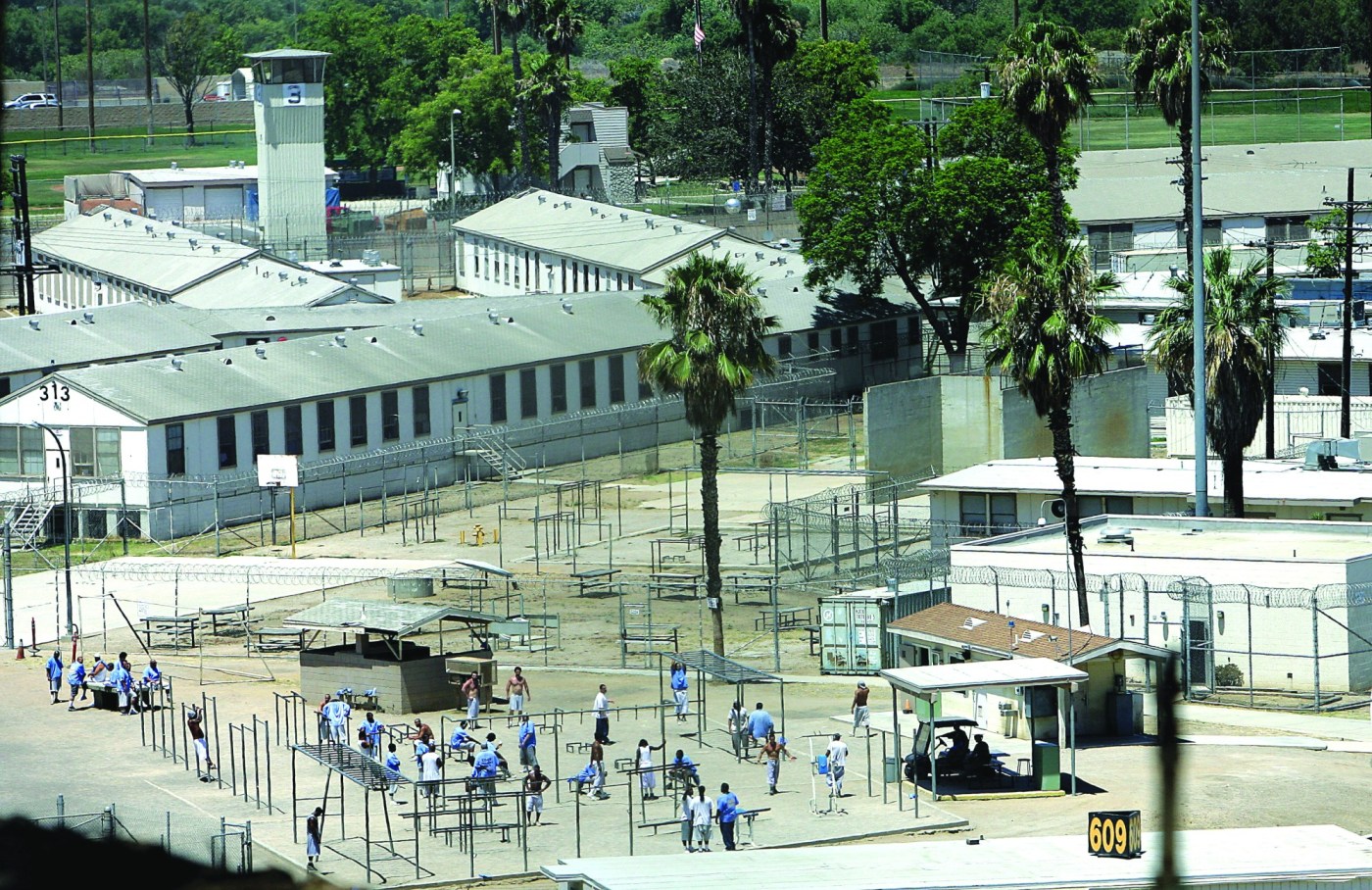The dream of some Norco city leaders to reclaim the grounds of a 100-year-old resort where the rich and famous once lounged moved closer to reality after the California Department of Corrections and Rehabilitation announced on Monday, Aug. 4, that the California Rehabilitation Center will close by the fall of 2026.
The CDCR cited the dwindling prisoner population statewide — it’s at its lowest level since the late 1980s, officials said — and the desire to slash the budget as the motive.
There are some 91,000 inmates in the 31 prisons, down 47% from 173,000 in 2006, a news release said. There are 2,766 inmates, along with 1,191 employees, in the Norco prison, a medium-security facility that opened within the Lake Norconian Club decades ago.
The closure will save the state $150 million annually, the release said.
Norco City Councilman Kevin Bash, who once chaired the “Save the Norconian Task Force,” said in a 2023 interview that should the prison close, he hoped that a private developer would replace it with a resort containing housing.
“We could utilize the gymnasium, the theater and the chapel … we could create something that can be an economic generator for the city of Norco,” Bash said. He could not be reached for comment Monday.
The location, on Fifth Street, opened in the luxury hotel in 1928. Buster Keaton, Babe Ruth, Will Rogers, Charlie Chaplin and Clark Gable were among the guests who enjoyed amenities such as hot mineral baths and an 18-hole golf course. Amelia Earhart practiced takeoffs and landings on the hotel’s private airstrip.
President Franklin D. Roosevelt converted the resort into a Navy hospital in 1941 and later expanded it as the United States entered World War II, according to the CDCR website. Officials announced in 1957 a plan to close the hospital. The hospital was donated to the state, which turned the facility into a drug rehabilitation center. Felons later moved in alongside the addicts.

The prison structure fell on hard times. In 2015, state Sen. Loni Hancock, D-Oakland, told CDCR officials that the prison had rats, cockroaches and broken floor tiles. The court-appointed receiver overseeing prison health care estimated the cost to repair the buildings at $1.4 billion. A plan in the 2012-2013 state budget proposed to close the prison in 2016.
In 2012, Gov. Jerry Brown called for the prison to shut down by 2016. In 2013, a state Senate bill halted the closure, mostly because of concerns about meeting a court-ordered prison population cap.
Norco City Councilman Greg Newton declined to comment on the property’s future Monday. Mayor Robin Grundmeyer could not be reached for an interview.
The California Correctional Peace Officers Association called the closure “a deeply disruptive move with serious consequences” in a written statement Monday.
“It affects not only correctional peace officers and their families but also the broader Riverside County community, which has relied on the stability of these jobs for decades,” spokesman Nathan Ballard wrote. “The human cost cannot be ignored. Closures result in forced transfers, fractured families, and, in many cases, the end of long, distinguished careers in public safety.”
The CDCR said it will try to ease those concerns.
“CDCR is taking every effort to mitigate the impact on staff, volunteers, and the population throughout the deactivation process,” officials said in the release. “The state will provide support to the affected local community and workforce with an economic resiliency plan.”
Riverside County Sheriff Chad Bianco criticized the closure in a statement sent from his gubernatorial campaign email account.
“Gavin Newsom’s soft-on-crime policies continue to put criminals ahead of victims,” Bianco wrote. “Shutting down another state prison while violent criminals continue to ravage our communities isn’t reform, it’s reckless.”
